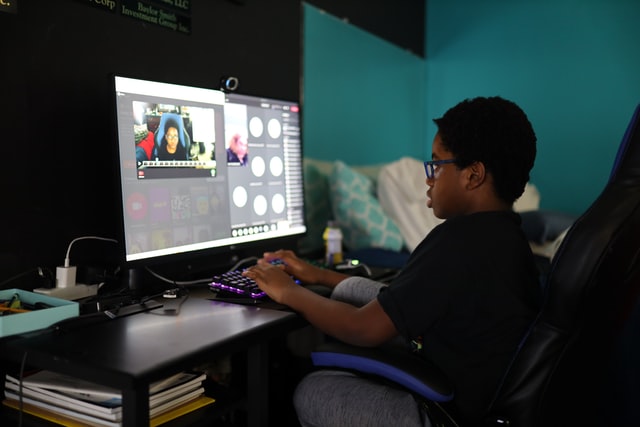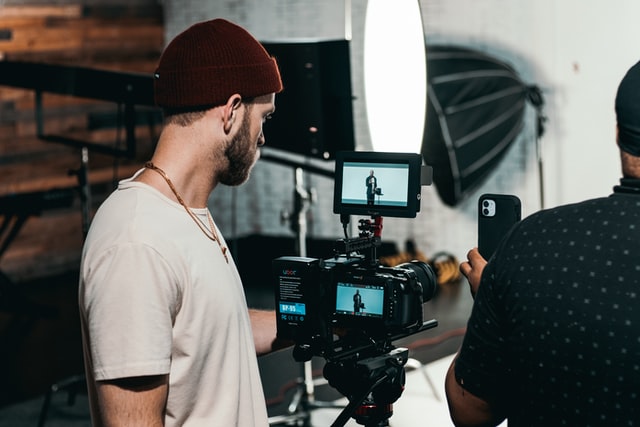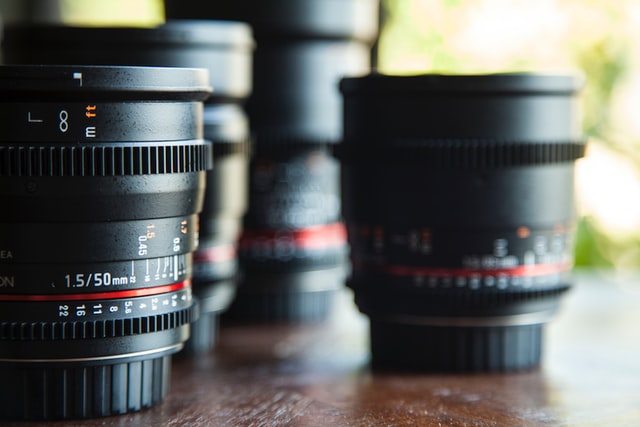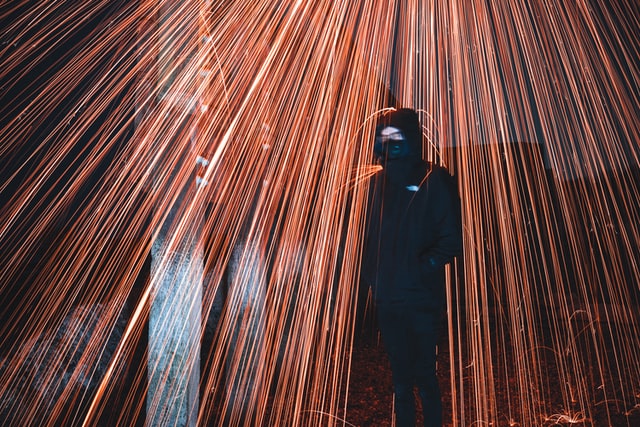Things You Need to Know About Video Journalism
Video journalism has become a big deal in recent years, especially since the rise of social media platforms like Facebook and Twitter. But even though the video has made its mark in the mainstream media, some journalists aren’t sure how to get started. How do you start shooting videos? What equipment should you invest in? And what does it take to produce a quality video? visit https://www.casinoclic.com/fr

With the rise of video-sharing apps like Instagram, Snapchat, and Periscope, news outlets have had to rethink their approach to storytelling. The rise of high-quality mobile cameras has allowed news organizations to produce beautiful images and videos at an unprecedented speed.
How to Create a Great News Video
There are three basic components to creating great news video: shooting good footage, editing well, and producing compelling stories with context. While there are no wrong answers to these questions, it takes a little practice to master them.
Shoot Good Footage
This is perhaps the most important part of any film or TV production, but when making news stories, you need to shoot in a way that allows your audience to see the story not just as a narrative on screen but also through your eyes.

You can capture all sorts of angles and perspectives to tell an interesting story. Here’s what to look for:
A variety of shots
Whether they cover the action from above, below, or behind someone, videographers must be able to shoot from wherever is necessary to properly tell a story—and capturing multiple viewpoints will allow editors to give viewers the best sense of what it was like to experience the event at ground level.
A diversity of lenses
It may seem obvious, but you’ll want a wide-angle lens where possible, so if you’re photographing a group of people standing together, you won’t end up cutting off anyone in the back. Be careful not to use zoom too often, or else you could lose focus on the subject.

A variety of lighting
A sunny day makes for fantastic outdoor shots, but this isn’t always possible. More than ever before, it’s better to shoot during the night! If you want to achieve a dramatic effect, try using a strobe light, which creates intense shadows and highlights that create a unique mood.
However, keep in mind that flash photography doesn’t work well outdoors and that the color range available is limited by the camera’s sensor. So choose wisely.
There’s also lighting that produces soft, natural shadows. Try diffusing it by covering one side of the frame with a piece of cardboard (for example), or simply move it around until you find the right angle.
Camera movement
The point of many types of stories is to show the viewer something beyond static pictures; you can accomplish this in several ways. One option is to stand directly next to the person whose story you’re trying to tell.
Even though you may appear intrusive to some, others might appreciate seeing events unfold from a different perspective. Another option is to incorporate slow pans across a scene, allowing for a greater sense of scale and motion.

Still another option is to position yourself close enough to get a clear shot of a face, then slowly pull away as the viewer watches. By capturing a series of photos, you can later stitch the images together into a single image, showing whatever happened over time.
Conclusion
As you can imagine, this list isn’t exhaustive. For instance, I haven’t talked about things such as audio recording equipment, microphones, and interview techniques. But even getting started with those kinds of elements is straightforward once you understand how each type of media works. The trickiest part is just deciding what you should do first.